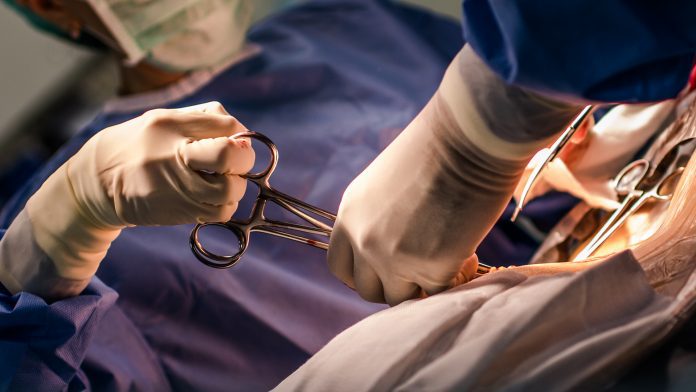
Researchers have found a significant difference in intestinal flora present in babies born naturally, compared to those born via C-section.
According to researchers from The Sanger Institute in England, if a baby is exposed to their mother’s intestinal flora, it will likely protect the newborn against more forms of malicious bacteria.
“The aim of many bacteria is to be the first to get into the gut of newborns and then prevent competing bacteria from entering. And each species of bacteria comes in the form of many different genetic variants. Some of the variants can be easily treated with antibiotics, while other, more malicious ones manage to resist them. Some of these can give the babies infections that are difficult to treat”, said researcher and professor Jukka Corander at the Department of Biostatistics at the University of Oslo.
Their findings were recently published in Nature Communications.
Hospital bacteria poses a global threat
The research team wanted to understand how the method of birth affected the bacteria found in the gut of babies. They studied several types of bacteria, such as Klebsiella pneumoniae and Enterococcus faecalis. Certain variants of these bacteria have become resistant to antibiotics and are now present in hospitals all over the world.
“We wanted to know if babies delivered by C-section were more often infected by these hospital bacteria”, explained Corander.
The researchers were pleased to not find hospital bacteria among babies delivered by C-section or by vaginal delivery.
“This is good news because otherwise, the babies would be at risk of getting infections that are difficult to treat”, continued Corander.
C-section does not increase the risk of infection
The researchers discovered that rates of antibiotic-resistant bacteria were not higher in babies delivered by C-section. They also found a limited amount of multi-resistant bacteria in both birth groups.
The research team then developed a new way of quickly detecting which genetic variant of a bacteria is present in a sample. Prior to this, it has only been possible to find out approximately which type of bacteria is present.
The researchers created this new detection method by gathering a large library of samples from which new samples could be compared against. They also set up a new statistical model and algorithm, which enabled them to handle millions of DNA strands quickly and with higher precision than before.
The research team also studied E. coli, a bacterium that can cause blood poisoning. They wanted to gauge the probability of E. coli variants becoming dominant in the intestines. They found three variants that can result in a higher risk of infection.
“We found many different variants of E. coli in the babies. But we also discovered that the variant that won the race to enter the gut, seemed to be able to prevent the other variants from invading for several weeks”, explained Professor Corander.
























